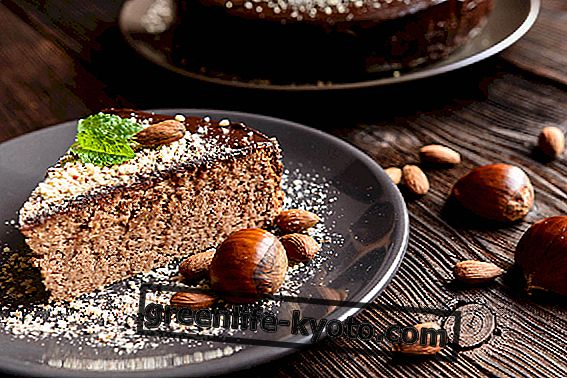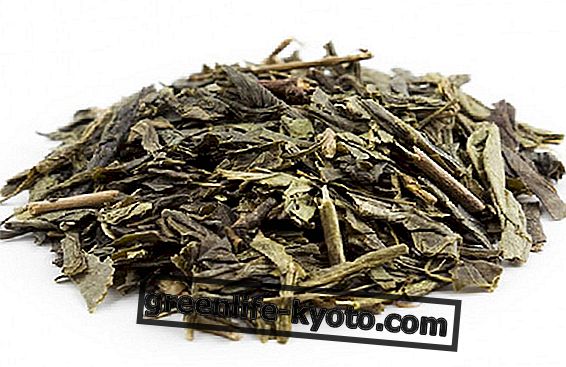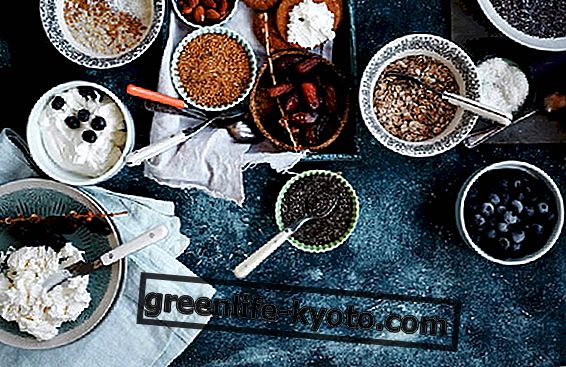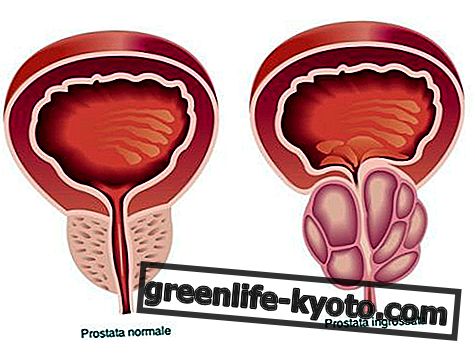
Long hours on books or PCs, incorrect postures, prolonged stiffening: the neck and shoulders are real catalysts of tension, sometimes even very painful.
Very often the lifestyle and the work that takes place are not easily modifiable components, therefore we cannot wipe them out to eradicate the root problem: if we have to prepare an exam or our boss asks us to see a lot of texts, it certainly would not be wise renounce the exam or dismiss us for not accumulating stress on the neck and shoulders!
Rather, it is necessary to learn to take into account this kind of ailments, perhaps adopting strategies that help us to better withstand its weight, alleviating symptoms or preventing its occurrence .
From this point of view, yoga is a master discipline, because it acts both on the local stiffening and on the tense emotional state that caused it.
So let's discover some useful asanas to loosen the neck and shoulders .
Asana for the neck
So let's start with some exercises that you can perform directly from your desk whenever you feel your neck stiff.
Perform slow and wide head rotations . When the head is back, inhale, when it falls forward, exhale, prolonging the breathing phases for the duration of the movement.
Although the exercise is simple in technique, it can be less immediate in substance: try to keep constant the attention on the breath that pushes the neck, like a light breeze that favors the movement. In doing so, it will be enriched with awareness and will also facilitate mental relaxation.
You can then proceed with another very effective yogic technique called Brahma Mudra .
Finally, you will conclude with a few simple deep breaths, savoring the new fluency you feel and the psycho-physical pleasure that comes from it.
Neck pain: symptoms, causes and therapies

Asana for the shoulders
Coming down from the neck, there are many exercises that involve the shoulders . Again we want to offer you something that you can do even in the office by taking a few minutes break.
Our suggestion is to opt for gomukhasana (position of the cow snout). Clearly, for our purposes, we can limit ourselves to treating the upper part of the asana, the one that involves the shoulders and the neck. If the position of the arms is particularly difficult, we advise you not to insist on a forced maintenance, but to proceed, as always, in total listening to the body and respecting its limits: slowly, day after day, your shoulders will melt more and more allowing you to deepen the position at your leisure.

If you have any way of getting up from your seat, here are two asanas that you can practice standing up without needing excessive space or placing yourself on the floor.
Let's start with a variation of the position of the mountain, tadasana : starting from the classic asana which, in this context, we will keep stretching the arms towards the ceiling, if possible with the palms hands against the palm, we will perform a series of deep breaths and then dissolve the position .

In counterpoint to tadasana, we propose uttanasana, the forward bending. Beyond the basic position, we invite you to focus not so much on reaching your feet with your hands, as on abandoning the neck and shoulders to the force of gravity .
Each exhalation represents an opportunity for total stretching for these parts of the body that shake off the tensions that oppress them. Every resistance falls and they can finally let go of deep relaxation.

At the root of tensions with meditation
Very often the root of the tensions that lurk in the muscles is of mental origin . Concerns, prolonged anxiety or fears change and "deform" our body causing stiffness and contractions.
Thus, in addition to asanas, we cannot fail to advise you also to try meditation as an antistress technique : a few minutes a day can help you improve your approach to existence to the benefit not only of your shoulders and neck, but of the whole body, physical and mental.













